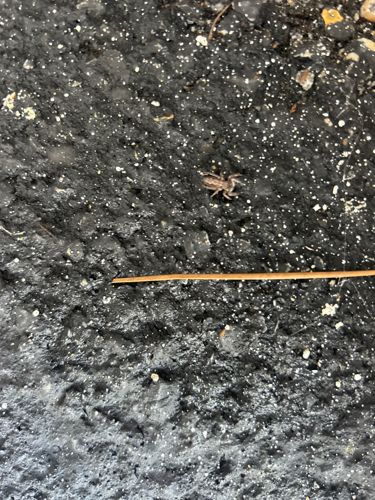Jumping Spider
Scientific Name: There are over 600 genera and more than 6,000 species within the Salticidae family. A specific scientific name cannot be determined from this image alone without further details.
Order & Family: Order: Araneae, Family: Salticidae
Size: Most jumping spiders are relatively small, ranging from 1 mm to 25 mm (0.04 to 1 inch) in body length, with many common species around 3-15 mm.

Natural Habitat
Jumping spiders are highly adaptable and can be found in a wide variety of habitats, including gardens, forests, grasslands, and even inside homes. They prefer areas with good light for hunting and often rest on vertical surfaces.
Diet & Feeding
Jumping spiders are carnivores, primarily feeding on other insects and small arthropods. They are opportunistic predators, eating what they can catch.
Behavior Patterns
Jumping spiders are active hunters and do not build webs to catch prey. Instead, they stalk their prey and pounce on them. They have excellent vision, which they use for hunting and also for complex courtship rituals where males perform dances to attract females.
Risks & Benefits
Generally, jumping spiders are harmless to humans. Their bites are rare and typically result in only mild irritation, similar to a bee sting, due to their small fangs and non-potent venom. They are beneficial in ecosystems as natural pest control, preying on many common household and garden insects.
Identified on: 8/12/2025